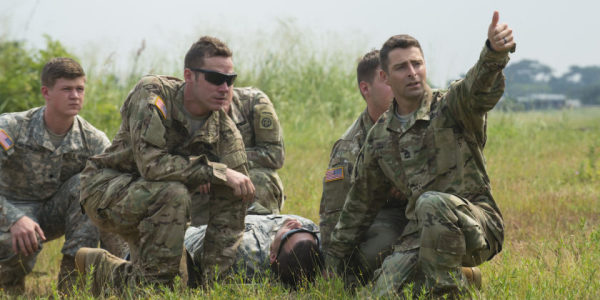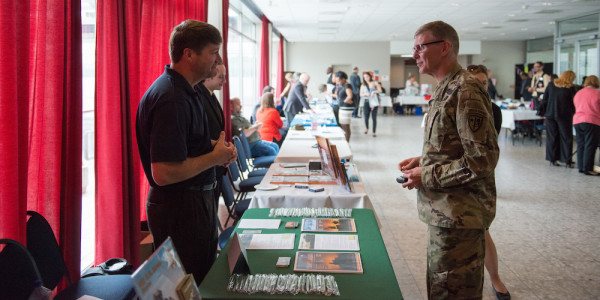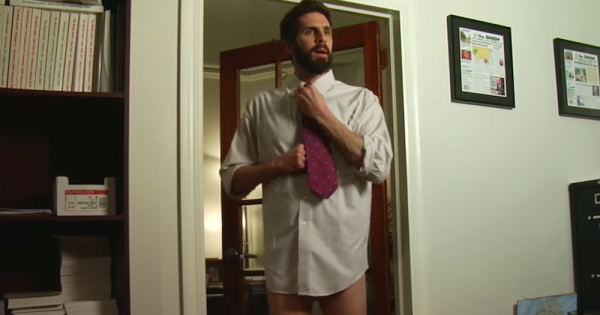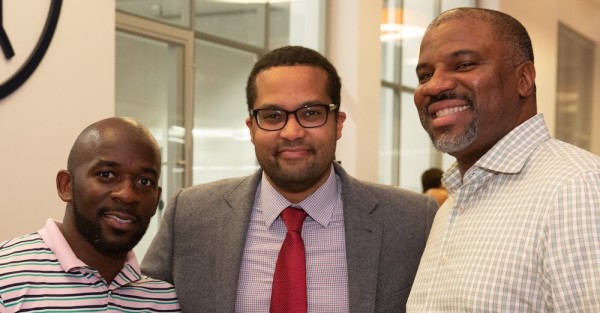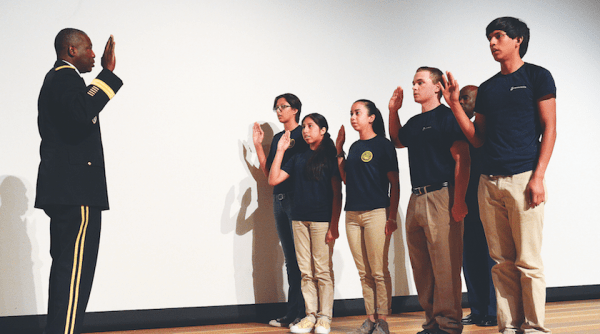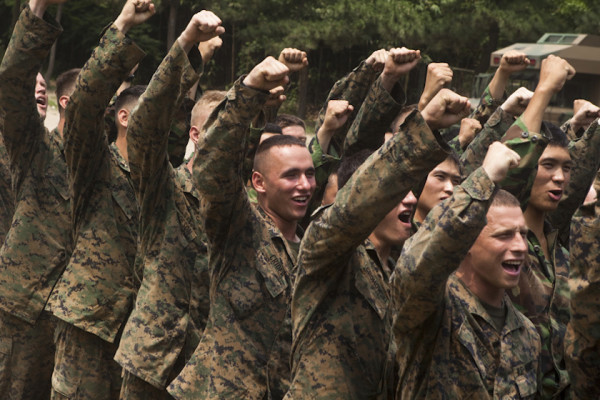Corner a corporate recruiter, and you’ll hear a small truth: job searching, like fishing or dating, is as unexplainable as voodoo. Some things work for people, and others doing the same thing will be ignored. Some have natural gifts or advantages when job searching, and the rest of us are simply stuck doing our due diligence.
That said, LinkedIn is a tool that offers possibilities for veterans looking for jobs. In June, I learned a bit more about these possibilities at a workshop at the UBS headquarters in Manhattan, facilitated by the vet group, American Corporate Partners.
On LinkedIn, like other forms of social media, you create an identity to appeal to a certain audience. The goal is to place the version of yourself online that will gain the attention of the job recruiters searching on LinkedIn.
In many ways, LinkedIn, like other forms of social media, is much like being a wedding DJ. To get the response you want, you have to play the songs you know the bride and groom are looking for (Note: don’t promise songs you don’t have).
Having a nice photo, for example, is important. Profiles with photos are 14 times more likely to be viewed, according to LinkedIn. A well-lit portrait makes you look professional, and ensures your profile doesn’t look like a teenager’s Myspace account.
The next step is making a headline for yourself. These headlines are searchable, which means you should have a short description of what you can offer, and what kind of job you want.
You repeat this process again in the summary. The summary is your elevator pitch. It should tell a potential employer who you are and what you’ve done. It should highlight your wins, the awards you’ve earned, and how awesome you are at your job.
The important thing is that you highlight what you can do and what you can offer. Many transitioning service members are changing careers, and the important thing to remember is that it’s not just about what you’ve done, because more than likely you’ll probably not be doing that exact same thing.
It’s more important to show about who you are, and how what you’ve done in the past is a sign that you can offer great things in the future.
For example: Do not use military jargon. Use corporate jargon, or even better, words that normal people can understand. There are sites that help veterans translate their military occupational specialties into corporate speak. You can also find job listings that you want and copy the terminology used there.
Remember that job recruiters may have a limited understanding of the military, and the more they have to stumble around your page, the more likely it will be that they’ll just move on to the next person.
You can also put skills and have others endorse you. Endorsements make you look a bit more credible when you say you know “PowerPoint,” but more importantly, they allow you to compliment your connections.
The hope is that one of your connections will know someone who knows someone who has a job. I asked the LinkedIn presenters how many connections a person should have, and who should and shouldn’t be a connection.
They said that quality is definitely better than quantity. The idea is this: Send requests to people you would want something from someday, and accept requests from people you would give a favor to one day.
For example: Connections can write recommendations on your profile. These recommendations make you look super legit. A tip for getting these recommendations is to ask with a soft approach. When sending a connection a request for a recommendation, remind them of all the great stuff you did. If you basically write the recommendation in your request, that’s a lot less work for your connection.
Remember: The mind of a recruiter is unknowable. Remember that an in-person connection is always best. Veterans entering the workforce, however, can use LinkedIn as another tool to open up possibilities for work.


